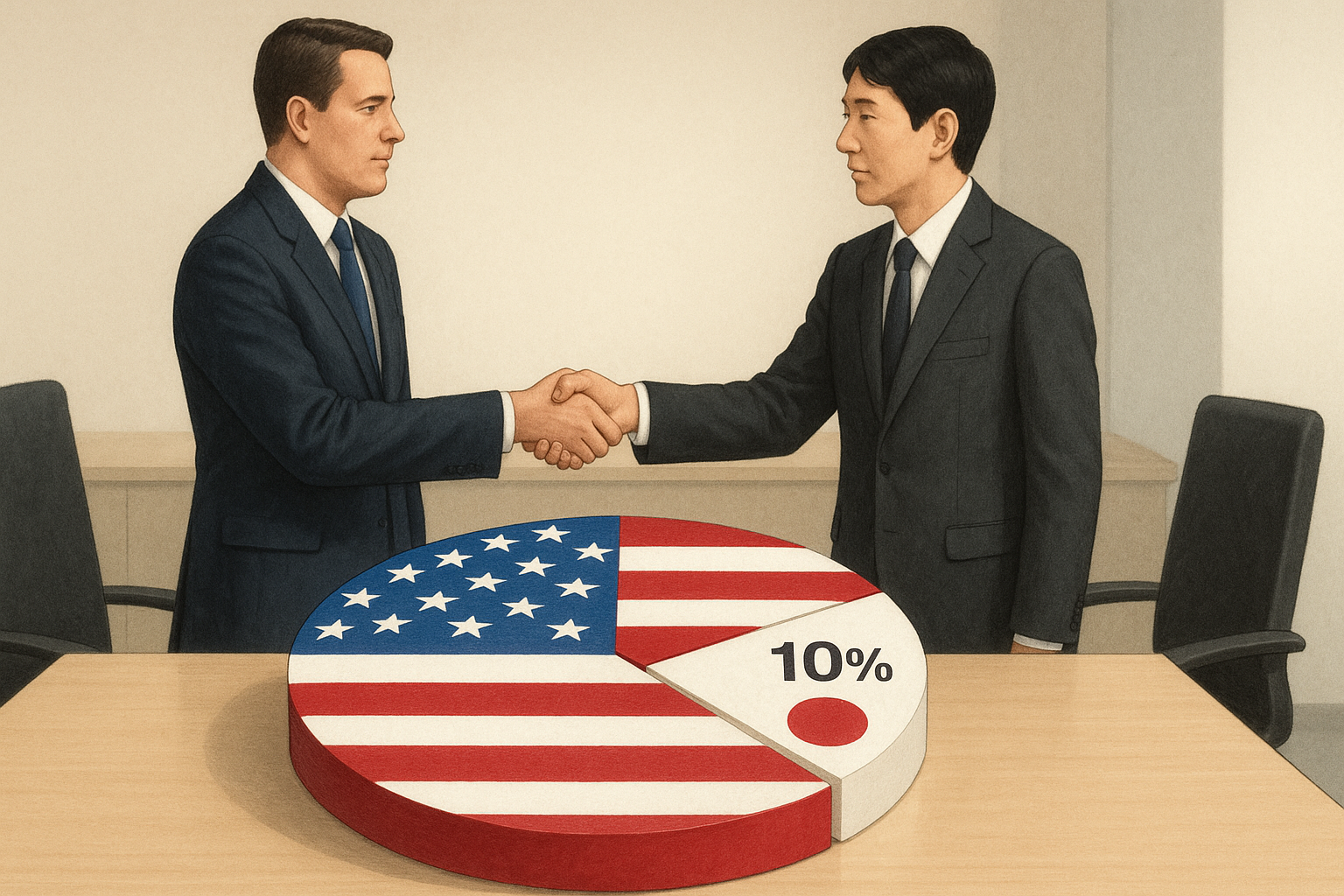When diplomats roll out economic partnerships with grand pronouncements and conveniently vague figures, my skepticism meter starts ticking. The recent US-Japan investment agreement deserves exactly the kind of scrutiny it's not getting in most headlines.
Let's cut to the chase: Japan is putting up 10% of the capital and getting 10% of the returns. America's taking 90% of the risk and claiming 90% of whatever upside materializes. Pretty straightforward math, isn't it? It's Investment Partnership 101, not some revolutionary financial framework that deserves diplomatic fanfare.
I've covered enough of these international economic pacts to recognize when basic arithmetic gets dressed up in diplomatic language.
The Japanese government, to their credit, hasn't tried to obscure this arrangement. Tokyo's explanation has been refreshingly direct—you get what you pay for. Meanwhile, the White House messaging has been... well, let's call it more "nuanced."
But dig beneath the surface (as I did after speaking with sources familiar with the negotiations), and you'll find the real story isn't in the percentage split at all.
According to reporting from Nikkei Asia, Japan's boosting electric vehicle subsidies while—surprise!—maintaining those protective rice import quotas and tariffs. Anyone shocked? Me neither. Every country guards its sacred cows, and for Japan, that's quite literally agricultural protection.
Then there's the Boeing procurement figures being tossed around. Look, these aren't firm government commitments we're talking about. They're estimated future purchases by private companies. Big difference.
What caught my attention (and what should catch yours) is the US offering Japan the lowest tariffs on semiconductors and pharmaceuticals among all its trading partners. Now we're getting somewhere! This reveals the deal's actual strategic dimensions—securing critical supply chains rather than maximizing direct investment returns.
I'm reminded of private equity structures I've analyzed over the years. The US is essentially playing general partner here, setting strategic direction while Japan provides additional capital and political buy-in. It's a familiar playbook.
The geopolitical context? Impossible to ignore. This deal isn't happening in isolation—it's part of the broader effort to create economic alignments that reduce dependence on China in critical industries.
(And yes, neither country will say that explicitly in the press releases, but it's the elephant in the room.)
For investors watching from the sidelines, there's a familiar lesson: always examine the alignment of interests and true risk allocation. The headlines may trumpet impressive numbers, but the real story lives in the capital structure and—you guessed it—the fine print.
Having tracked international trade agreements since the TPP negotiations fell apart, I've seen this pattern repeatedly. Financial returns matter, sure, but strategic positioning often matters more.
At the end of the day, these international economic agreements follow the same fundamental principles as any investment deal—there's no such thing as a free lunch. Just different ways of dividing the check... and deciding who picks the restaurant.
